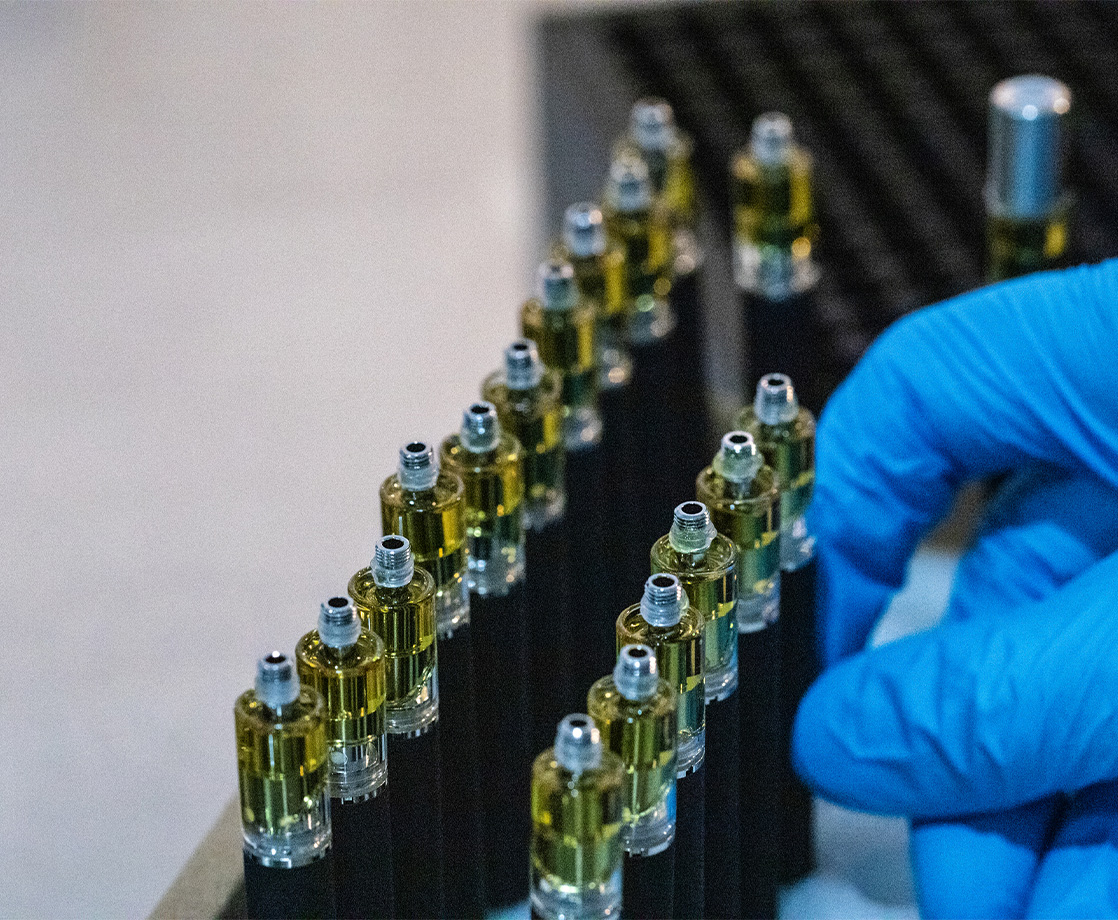Cannabis grow operations are leeching valuable electricity, and energy utility companies are “taking a hit”as well. A new report, titled “Illuminating Cannabis: The Future of Energy in the Industry” outlines the extent of the cannabis industry's energy footprint, and the results aren't pretty. New Frontier Financial has illuminated us all on the cannabis energy crisis and how it will get worse.
Grow operations consume $6 billion a year or enough energy to power 1.7 million American homes. The industry is not as green as you'd think. Growing consumes electricity for powerful lamps, CO2 generators, fans and air conditioning. On a personal scale, it takes as much electricity to produce one joint-worth of cannabis as lighting a lightbulb for 25 hours.
The report cites research that indicates that marijuana production accounts for one percent of America's total energy output. In some cannabis-loving states like California- marijuana production accounted for 3 percent of the state's entire energy output. John Kagia is director of industry analytics at New Frontier and the report's lead author. “We wanted to focus on this issue of energy use in the marijuana industry because we think it is one that is going to have very significant long-term implications,” Kagia told the Washington Post. “Marijuana is the most energy-intensive agricultural commodity that we produce, and that’s largely because of the very high energy costs associated with its cultivation and production indoors.”
Generally speaking, the federal government takes notice whenever a big player goes to great lengths to establish energy efficient practices. The United States Supreme Court recently upheld a federal program that pays major electric consumers to conserve energy.
Growers are used to going to great lengths to conceal their grow operations. Hydroponic stealth is being replaced with larger grow operations. Legal states are facing intense competition especially in Washington state, and it's driving down the price of weed. “Currently energy accounts for approximately half of the wholesale prices of marijuana, and as those prices fall, the share of energy and the total production cost will continue to increase,” said Kagia.
There are a few things growers can do, such as switching to LED lighting, which consumes less electricity. High pressure sodium lamps are considered somewhat energy efficient, however, the initial cost per photon from LED lights are five to ten times more efficient than high pressure sodium lamps.
California is leading the way when it comes to energy efficiency. Evan Mills is a member of the UN Intergovernmental Panel on Climate Change. "Most key parties are not yet engaged. California and elsewhere has begun to address the destructive impacts of unregulated outdoor cultivation, but have yet to recognize what may be even greater environmental consequences from the prodigious amounts of energy used by indoor operations," said Mills.
Growers can also help by installing smart meters and participate in energy audits. If a grower truly cares about conserving electricity, then he or she will make the switch to LED lighting and take other measures.











